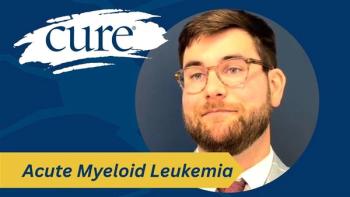
Efficacy and Safety Are Key Factors When Selecting Breast Cancer Treatment
The safety profile and effectiveness of each therapeutic option are both important considerations to keep in mind when clinicians and patients weigh their breast cancer treatment options, according to one expert.
The safety profile and effectiveness of each therapeutic option are both important considerations to keep in mind when clinicians and patients weigh their breast cancer treatment options, according to Dr. Sara Hurvitz.
CURE® recently spoke with Hurvitz, an associate professor of medicine at the University of California, Los Angeles, who walked through different scenarios in which safety and efficacy of each option may be given more weight depending on a patient’s situation, ultimately leading to a treatment decision that is most beneficial to the patient.
Transcript:
Both efficacy and safety of a given therapeutic are equally important considerations when deciding which therapy to go on.
In some situations, the safety profile is going to be more critical. For example, when a patient requires therapy to be given for an extended period of time, we have to consider how that drug’s safety profile and side effect profile is going to allow the patient to interact in her life.
In the early-stage setting, where we’re giving, for example, chemotherapy for three to four months, the safety profile is going to be a little worse, but we are trying to improve the patient’s odds for a cure. So, we are more willing to take on that toxicity profile.
That said, in every situation, the patient needs to be an active participant who is engaged with the clinician in making the decision regarding what type of therapy he or she will decide to take.





